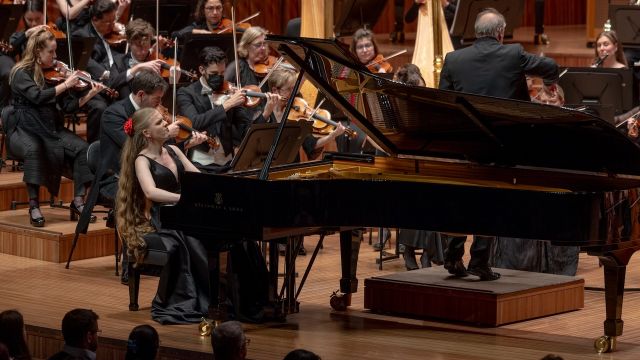Ravel & Falla
No wonder French composers kept writing great impressionist works inspired by their neighbour.
Spain is a smorgasbord of Catholic, Islamic and Jewish musical traditions, a trove of mostly speedy dance-songs for every ritual: from courtship and weddings to fire dances and religious events.
This SSO concert of works by Spain’s Manuel de Falla and Maurice Ravel (a Parisian of Basque heritage) elicits familiar musical motifs from this land of the flamenco, its thrilling rhythms, percussion and quicksilver shifts. It’s a world of joy and pain, exuberance and melancholy.
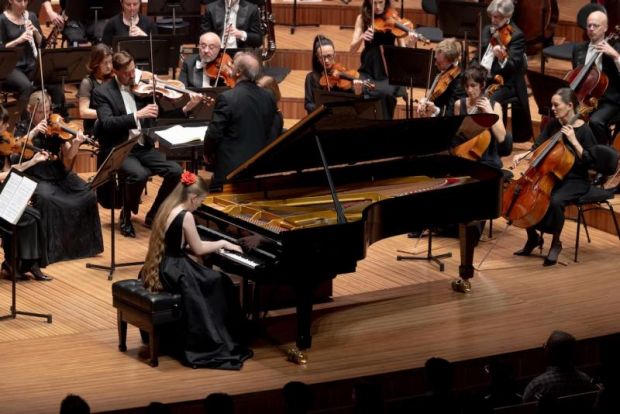
First in the program, Ravel’s compact Alaborada del gracioso squeezes all that - and castanets - into a work of just eight minutes, beginning beatifically with the dawn, before leaping away and living up to its title (roughly translated, “Morning Song of the Jester”).
Falla’s Nights in the Gardens of Spain conjures Moorish influences from his native southern province of Andalusia, adding a nostalgic, reflective quality to his brisk, excitable rhythms. We hear those night sounds in the distance.
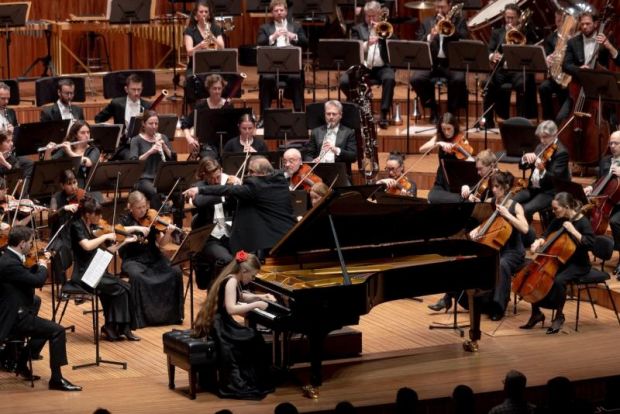
Guest pianist Eva Gevorgyan is electric on the keyboard, notably at the treble end, with her sharp, crystal-clear playing, and in an encore she is in full flame with Falla's Ritual Fire Dance. Conductor Jamie Martin, Chief Conductor of the Melbourne Symphony Orchestra and Spanish himself, is a joy to watch as he melds these mercurial, percussive works into a complete symphonic experience.
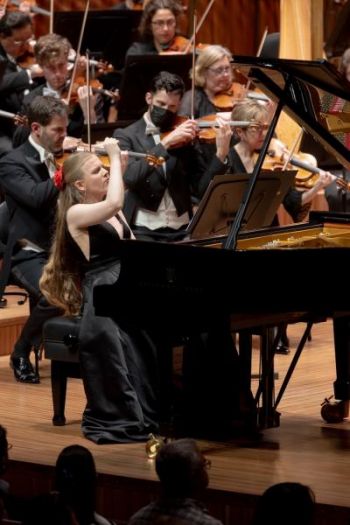
Not surprisingly, given its dynamic action, Falla composed The Three Cornered Hat as “a ballet with songs” for Diaghilev’s Ballet Ruse choreographed by Leonide Massine. Pablo Picasso did the sets for the London premiere in 1919. It’s the story of a miller and his beloved wife conspiring with the town to humiliate a lecherous magistrate.
Beginning with shrill bird calls, the captivating suites are peppered with Spanish traditional dance music for flamenco, fandango and jota, and the town’s religious celebration.
Maurice Ravel also composed his famous, sexually charged Bolero, based again on an historic Spanish dance-form, but for a contemporary dance. His simple repeated phrase, tapped out on a snake drum, is brilliantly elevated and coloured by successive instruments taking up the expansive melody.
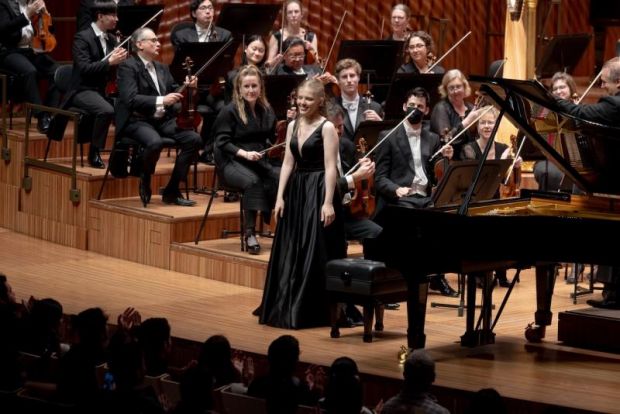
Ira Rubinstein’s new dance company in Paris premiered Bolero in 1928. It began with a dancer on a table alone in a cafe which gradually fills with men overcome with lust and dancing ever more frenetically.
The SSO’s Concert Hall audience was also pretty enthusiastic.
Martin Portus
Images courtesy of Sydney Symphony Orchestra
Subscribe to our E-Newsletter, buy our latest print edition or find a Performing Arts book at Book Nook.

